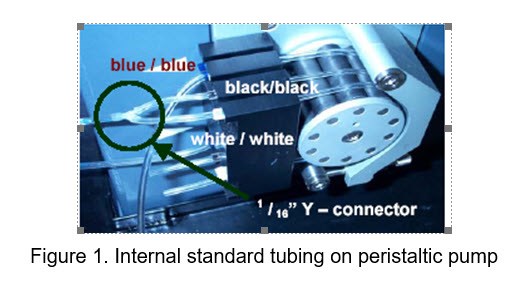Hello everyone
I'm trying to develop/ optimize my current method by implementing background corrections; I need some help identifying which correction should best fit my conditions.
I run soil water and processed water analysis for Li, Na,K, Ca,Mg, Ba,Sr, Cr, Mn, Fe, Pb, Zn on a 5800 ICP-OES. I run a 3 point calibration with 10,50 and 100ppm standards. The standards are prepared from a 1000ppm multi-element calibration standard in 10% Nitric acid. 1000ppm Ag, Al, B, Ba, Bi, Ca, Cd, Co, Cr, Cu, Fe, Ga, In, K, Li, Mg, Mn, Na, Ni, Pb, Sr, Tl, Zn. Needless to say I have many interferent elements for my wavelengths of interest. Our samples are high in Na (20k ppm- 50k ppm), Ca (1k-5k ppm) and I run 100x, 1000x dilutions for the sodium not to overrange and to avoid running that much salt through my instrument. I also run the 2 best wavelengths for each element of interest.
I'm thinking of adding analyte standards to my calibration setup, (Na and Ca) and using the IEC function to get more precise results, as well as doubling condition sets to axial and radial analysis.
Any help on how to develop my method will be greatly appreciated. Richard B.

